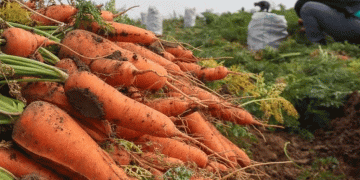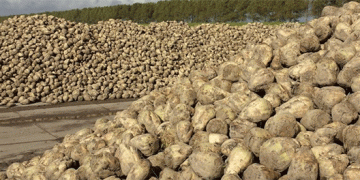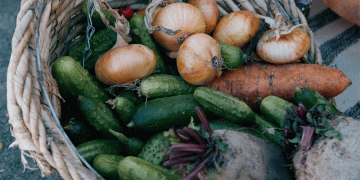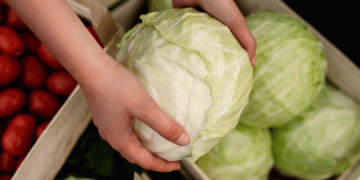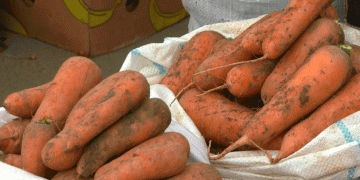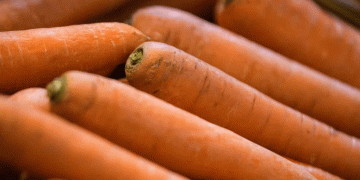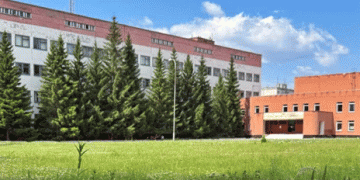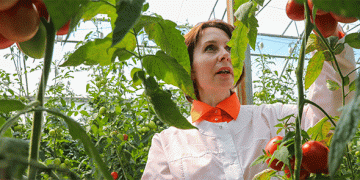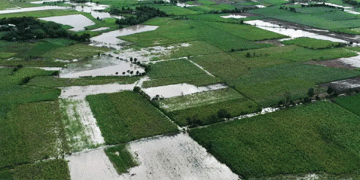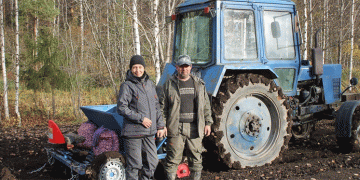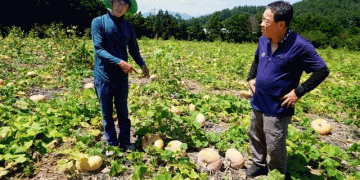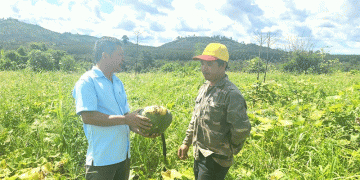McDonald’s Golden Arches is one of the most recognizable symbols in the world. But in recent years, the fast food industry has been publicly criticized for offering meals that are high in fats and cholesterol. McDonald’s is trying to change that image by introducing new menu items that are nutritious, and surprisingly profitable.
Menu Development
The members of the menu management group at McDonald’s work together to focus on the customer side of the business. Emphasis is put on delivering new products in simple ways, said Mark Lepine, director of menu innovation and development for McDonald’s.
Lepine said he was proud that McDonald’s has long been known for it’s use of produce, such as shredded lettuce, but was even more proud that he’s able to make it more diverse with salads, fruits and vegetables.
The company released a line of premium salads, including the Asian Salad, this year and rolled out a re-engineered fruit and walnut salad in September. It will be snack-sized and portable to make it a grab-and-go snack, Lepine said. He said the innovation and new products are proof of McDonald’s commitment to keep healthy items on the menu for the long term.
Salads are not like McDonald’s core signature items, such as the Big Mac, that rarely change. Salads have to frequently be refreshed and revised, and Lepine said his team has to continually reinvent the entire line of salads.
“We’ve always led that category (salads) and may have lost sight along the way, but I think we’ve come back around,” Lepine said.
Developing a new product for the fast food market can take between eight or nine months to as long as three or four years. The Premium Asian Salad introduced in April took only about one year to develop, whereas the company’s new apple dippers have been in development for more than three years.
The menu development team works closely with suppliers to develop new salads. For example, the use of Newman’s Own salad dressings in the premium salad lines was first proposed by a supplier. So, when the team started working on new salads, they went back and worked with Newman’s Own to find dressings that would complement the salads.
Fresh-Cut Sourcing
McDonald’s customers consume more than a billion pounds of potatoes, 80 million pounds of salad greens, 100 million pounds of green leaf and iceberg lettuce, 54 million pounds of apples, 30 million pounds of tomatoes and 6.5 million pounds of grapes every year. All of those products have to meet McDonald’s quality standards and be easy to prepare at the restaurant level. For that, Lepine said the company turns to fresh-cut suppliers.
“If we have produce needs, then we look at it from a fresh-cut perspective,” he said.
Fresh-cut produce isn’t a new endeavor for Lepine. Ten years ago, before joining McDonald’s, he developed a fresh-cut program for Long John Silver’s lettuce wraps.
While Lepine comes up with the ideas for menu items, Mitch Smith is responsible for developing it and finding the suppliers. Smith is the director of U.S. quality systems, agricultural products for McDonald’s.
He said the company sources produce on a “three-legged stool philosophy,” with each leg representing the owner, operator and supplier.
“It’s very important to us that we work together as partners,” Smith said.
There are three components that he looks for when finding a new agricultural product: quality, food safety and assured supply.
Quality
All of McDonald’s menu items are graded on a 27-point “quality expectations program.” In order to be considered, a product has to score acceptable levels in each attribute, including appearance, texture and flavor, traceability, security and physical, chemical and microbiological levels.
Maintaining a consistent quality level when produce is coming in from different parts of the country can be difficult, so sensory development tests are conducted. The test is subjective and based on a score of difference between samples. Testing takes place at every product check, and both McDonald’s employees and suppliers are trained to evaluate produce quality.
When the menu team is developing a new product, the visual quality can be as important as the taste. For its apple slices, McDonald’s uses mostly Galas and Empires, and some Cameos and Jonagolds, for its red apples. For green apples, only Granny Smiths are acceptable. Those varieties were selected because they had good color, inside and out, and good taste. When they were looking at varieties, Lepine said they liked the taste of Fuji apples, but the inside was a brownish-tan color that did not meet their requirements.
Food Safety
Food safety is non-negotiable, Smith said. It starts as early as selecting the land for planting, and goes all the way through to the customer’s tray. The company has a strict food safety plan, and takes a preventative approach.
McDonald’s works with its growers and suppliers to make sure they are using safe techniques. Third party audits on Good Agricultural Practices are conducted frequently, with spring mix salad growers audited once a year and iceberg lettuce growers audited every 18 to 24 months.
In the field, audits are done daily for Good Harvesting Practices to ensure that equipment is being sanitized, storage in the field is sufficient, workers are washing their hands and OSHA requirements are being met.
McDonald’s can randomly audit suppliers in addition to the third party audits to check Good Manufacturing Practices and HACCP programs. Processing facilities are required to document their HACCP programs and report on them daily, and microbiological testing is required every day as well.
Franchise owners and suppliers also work together to maintain food safety. The supply system is a closed loop in a way that Lepine said is unique to McDonald’s. The cold chain is never broken, and that helps maintain a shelf life of around 10 days for most products. Since restaurants receive only two shipments a week, it’s important to have a longer shelf life, but it also means meat and produce come in on the same truck. That can be a safety issue too, so produce has to be separated to prevent cross-contamination and sometimes wrapped to prevent freezing.
Fresh-cut plays a key role in food safety at the store level. The fewer hands or tools that touch a product, the less chance there is for contamination. Lepine said the company tries to avoid using knives and focuses instead on products that are ready to use. At the store level, not much preparation is required, except for the spring mix salads that require employees to blend the ingredients.
The addition of new product lines has spurred innovations in food safety at McDonald’s, Smith said. While there are standard process requirements, more development was needed to maintain the quality of lettuce in spring mix salads during washes. He said the lettuce needed lots of exposure with no damage, so suppliers had to develop a way to wash the produce without bleaching it.
Because of the number of customers that McDonald’s serves every day, it is vital that the company have adequate supplies of produce. The company follows the harvest, bringing in grapes from Chile and Mexico and apples from wherever the freshest product is. Smith said he looks for “optimum quality, consistently throughout the year.”
Lepine said he would eventually like to develop seasonal items for McDonald’s restaurants, but it’s not yet feasible from a supply perspective.
When a new product is being developed, McDonald’s first goes to its existing growers and processors. Smith said that is keeping with the company’s commitment to loyalty. He said the company didn’t buy on price and wouldn’t switch suppliers to save a penny, but looked for the right characteristics and built long-term relationships with suppliers. They’re involved from the beginning of a product and have input throughout the development process.
McDonald’s uses available varieties and has not developed varieties of its own. Smith said he has to balance the benefits of developing a proprietary variety with the costs, and so far has not seen a competitive advantage. Even though it’s more difficult, Smith said there was usually a variety that meets McDonald’s standards. When the premium salad line was in development, a number of varieties were inspected until one was found that didn’t have too deep of a rib.
He said he hasn’t ruled out developing produce specifically for McDonald’s. He’s currently looking for a type of tomato for hamburger slices that has good color, better texture and less gel loss after it’s cut. If he’s unable to find a tomato that meets those criteria, it may be beneficial for the company to develop a new one.














